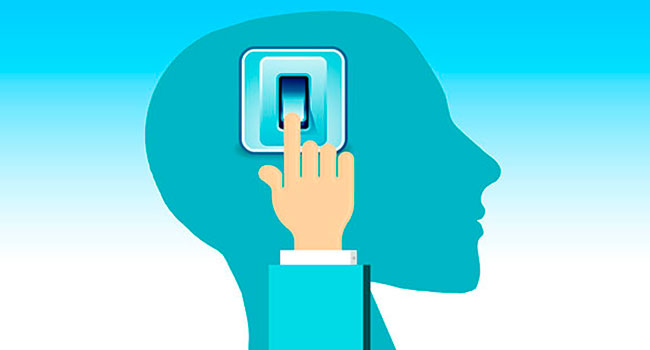 In spite of easy access to information in this technological age – or perhaps because of it – myths about the human brain abound.
In spite of easy access to information in this technological age – or perhaps because of it – myths about the human brain abound.
You have likely heard people say that we use a fraction of our brain. The theory goes something like this: Imagine how much smarter we would be if we could figure out a way to unlock the 90 per cent of our brain’s potential that sits idle as we muddle through our lives.
This, of course, is false.
Contrary to this widely-held myth, we do use our entire brain. Different areas in the brain serve different functions and certain places are more active at times than others. But brain cells that are inactive will die.
I’m not certain where this myth originated but it may be in part because when we look at brain images, we often see just a small area lit up. This doesn’t mean that only one area is active or being used while the rest of the brain lies dormant. It is really just a reflection of what is being imaged.
Another very popular idea about the way our brains learn is the notion that providing a lot of rich stimulation to preschoolers will improve their brain or learning capabilities.
If you go into a toy store today, you will be bombarded with myriad educational toys and products designed with this in mind.
Studies have found that rats kept in isolation fare worse than those in more stimulating cages with other rats or an exercise wheel. However, this study would translate better to a comparison between a severely neglected child and children exposed to the amount and types of stimulation one could expect in a normal household with human interaction.
Although educational toys and videos are just fine, it doesn’t follow from scientific research that children without these latest fads will fail to keep up with their peers at school or later in life.
Another commonly-held belief about the human brain is that children learn better when they receive information in their preferred learning style.
While people certainly prefer different kinds of instruction – auditory, visual or kinesthetic – these preferences have little to do with how effectively we learn. Several studies show there is little to no correlation between these preferences and learning performance.
However, in spite of the published data on this topic, a staggering 94 per cent of teachers still believe students perform better when taught in their preferred style.
Of course, this is not to say a good teacher should not try to make learning more appealing to students by adjusting lessons to suit various preferences. This practice undoubtedly leads to more engaged learners who will appreciate their educational experience and pursue it further.
The myths about the human brain and how we learn are almost ubiquitous. But we do know for certain that we will always have more to learn and we will always be testing the brain’s capacity.
Dr. Latimer is president of Okanagan Clinical Trials and a Kelowna psychiatrist.
The views, opinions and positions expressed by columnists and contributors are the author’s alone. They do not inherently or expressly reflect the views, opinions and/or positions of our publication.


